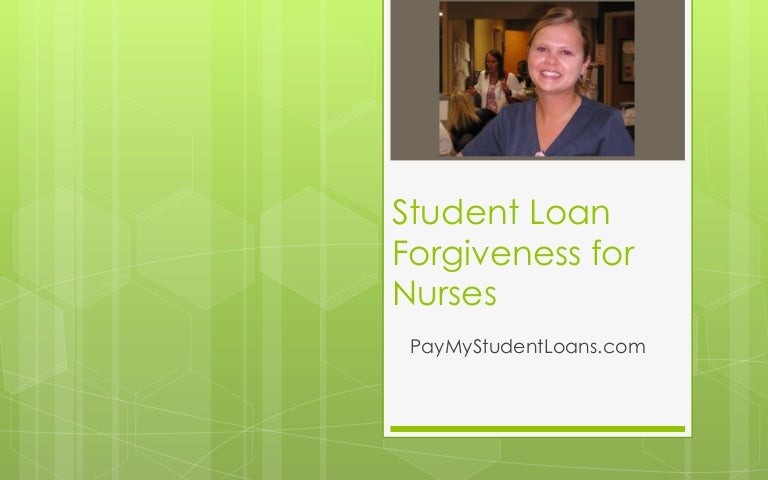Staying Informed About Program Updates
Loan forgiveness programs are subject to changes. Regularly checking for updates, and monitoring official program websites for new announcements, is essential to ensure you’re adhering to current guidelines. This proactive approach allows you to stay abreast of any revisions or modifications to eligibility criteria, application procedures, or deadlines.
Utilizing Reputable Resources and Support
Seeking guidance from reliable sources is crucial. This can include contacting student loan servicers, financial aid offices at your institution, or organizations dedicated to supporting healthcare students. Consult reputable websites and forums for up-to-date information and peer support.
Useful Websites and Contact Information
- Federal Student Aid (FSA): Provides comprehensive information on federal student loan programs, including loan forgiveness options. (www.studentaid.gov)
- Department of Education (ED): The primary governing body for federal student aid. (www.ed.gov)
- [Your Institution’s Financial Aid Office]: Contact your college’s financial aid office for specific guidance and support related to your institution’s programs and financial aid policies.
- National Association of Student Financial Aid Administrators (NASFAA): Provides resources and information for financial aid professionals. (www.nasfaa.org)
These resources can provide additional insights and support during the application process and beyond. They often offer valuable tools, guidance, and answers to common questions.
Illustrative Examples of Loan Forgiveness in Action
Loan forgiveness programs for healthcare students offer a vital lifeline, mitigating the substantial debt burden many face after graduation. These programs can significantly impact career trajectories and financial stability, empowering individuals to pursue their chosen professions without the constant pressure of overwhelming debt. Understanding how these programs have worked in practice can provide valuable insights for current and prospective students.Real-world examples illuminate the positive impact of loan forgiveness programs on healthcare professionals.
These programs not only reduce debt but also enable individuals to focus on their careers and contribute to their communities. Navigating the application process, however, can be complex, requiring careful attention to detail and proactive engagement with the relevant authorities.
Case Studies of Successful Loan Forgiveness
Loan forgiveness programs are designed to help eligible students, but each program has specific requirements and eligibility criteria. Successful navigation of the application process hinges on meticulous adherence to the program’s rules and prompt submission of necessary documentation. The examples below highlight the diversity of experiences and the impact these programs have had.
Example 1: A Nurse Practitioner in a Rural Community
Sarah, a nurse practitioner, graduated with significant student loan debt. She pursued loan forgiveness through the Public Service Loan Forgiveness (PSLF) program, working in a rural health clinic. The clinic met the PSLF program’s criteria for qualifying employers. After several years of dedicated service, Sarah successfully had her loans forgiven, significantly reducing her financial burden. This allowed her to invest more in her practice and provide more services in her underserved community.
She now has more financial flexibility to invest in her practice and contribute to her community.
